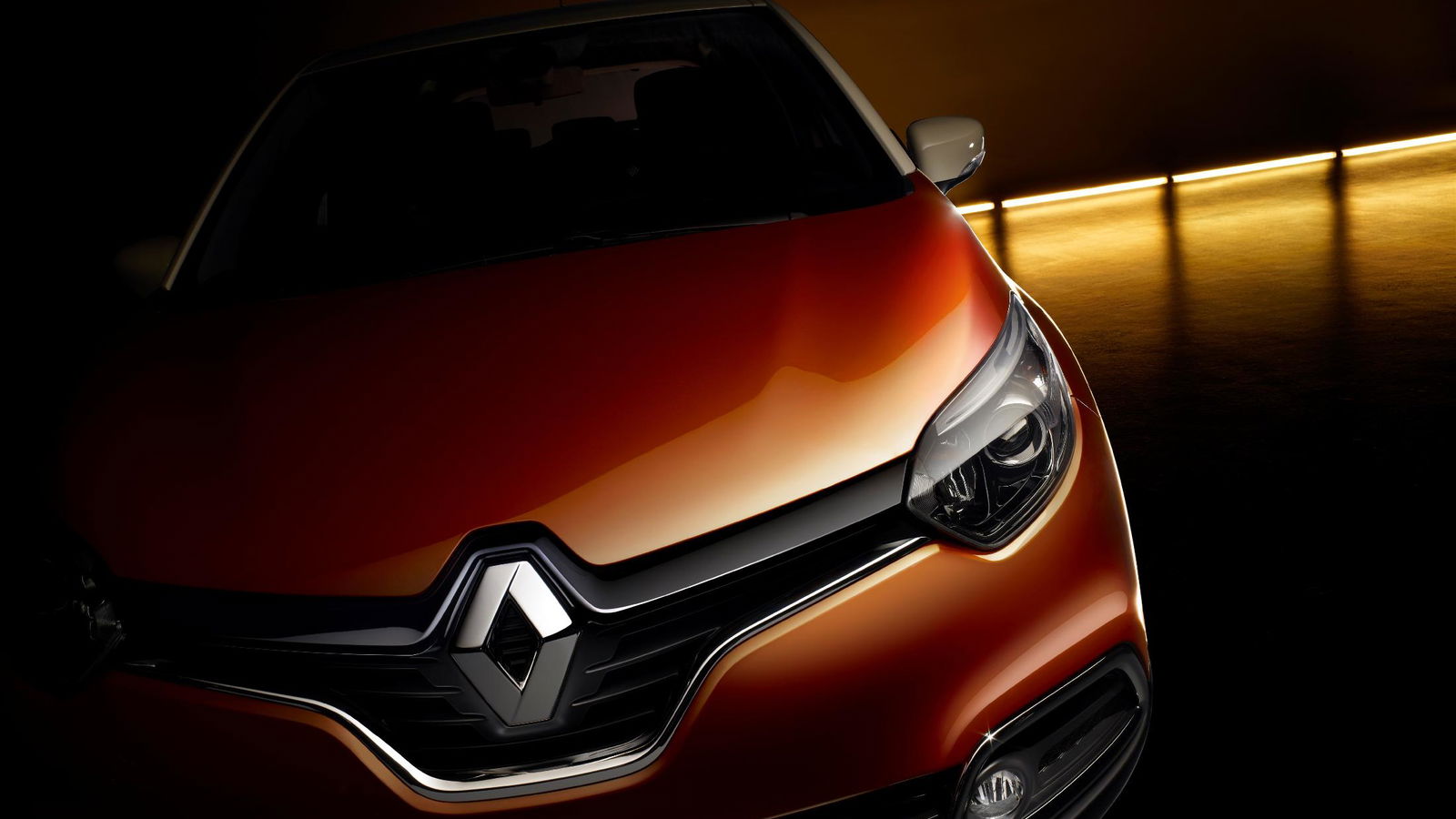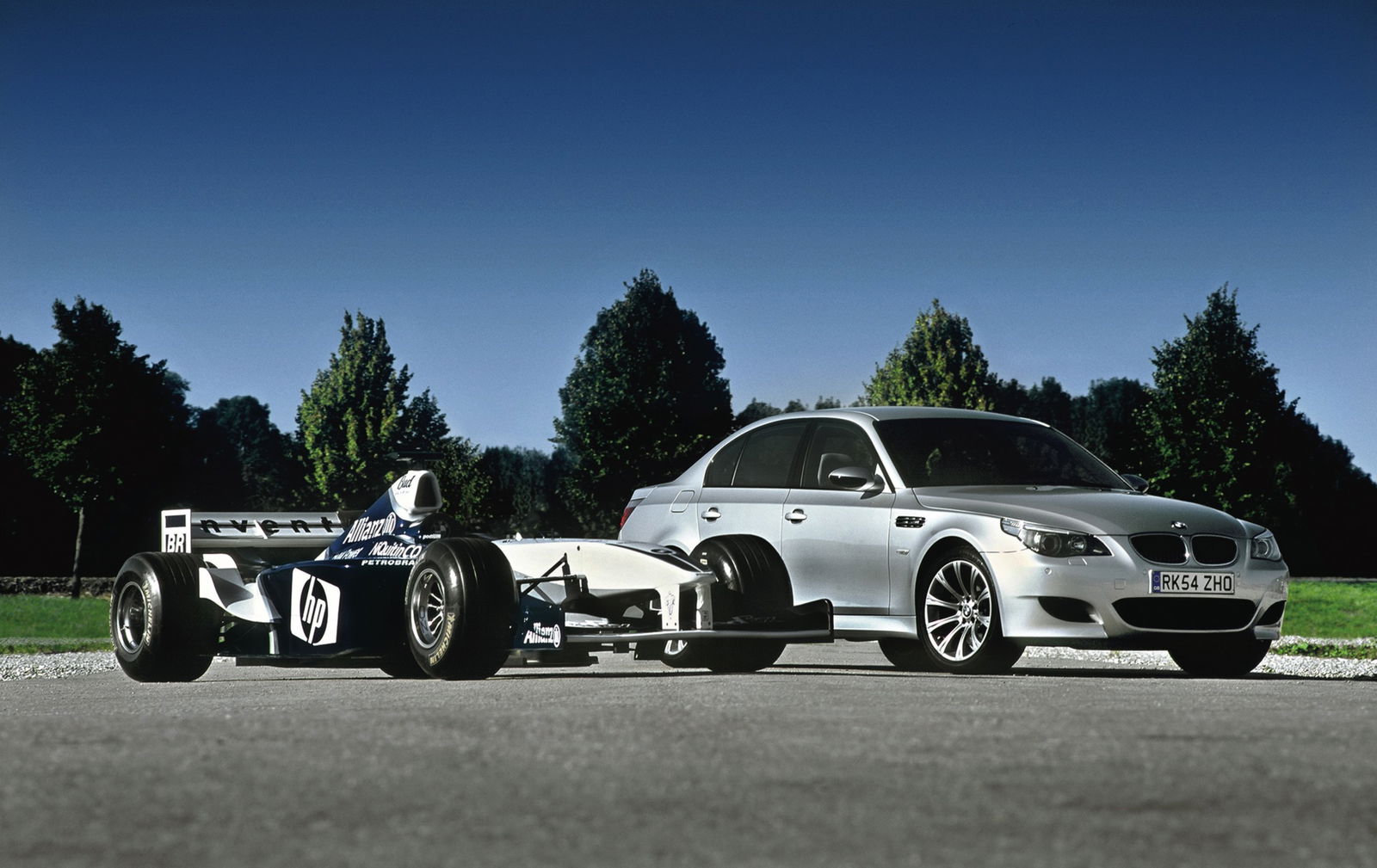French Prosecutors Are Investigating Renault Over Possible Emissions Fiddling

January has not been a good month for the beleaguered diesel engine. We had top VW employees getting arrested last week, the EPA publicly accusing Fiat Chrysler Automobiles of using software that alters emissions levels yesterday, and now it’s the turn of Renault.
The French manufacturer had its offices raided last year, and although nothing became of that whole saga, Renault is back in the spotlight for the wrong reasons once more. France’s Public Prosecutor has opened a fresh investigation into Renault, amid new claims it has cheated emissions tests with its diesel engines.
Responding to the news, Groupe Renault released the following statement, in a handy list format…
Groupe Renault, which intends to protect its rights, reminds its constant position.
Renault complies with French and European regulations.
Renault vehicles are all and have always been homologated in accordance with the laws and regulations. They are compliant with the applicable standards.
Renault vehicles are not equipped with cheating software affecting anti-pollution systems.
The States, European Commission, Regulation Authorities and automotive manufacturers all share the opinion that the requirements of the applicable regulations need to be strengthened. This is the purpose of the future Euro6d Regulation.
Groupe Renault reminds that in March 2016 it submitted to the panel of the independent technical commission a complete nitrogen oxide (NOx) emission reduction plan for its Euro6b diesel vehicles in customer use, which has been deemed transparent, satisfactory and credible.


Comments
To be honest, real life driving tests won’t mean emissions will be properly enforced eitherIt is possible to reach to and exceed the tested speeds using less than 25% of tested vehicles’ rated power (around 25 for a 100 bHp at wheels) and typically less than 50% rated torque ( 100 Nm will easily accelerate any car above 120 km/h,). The low-torque operation is what suppresses NOx emissions and cars won’t exceed the limits anyway.
This is like claiming that Tesla Model S has a range of 300 km, which is if you hypermile it at a rated speed. Put the pedal to the metal and see if you can reach one third of that range. NOx emissions are more or less the same thing; operate the engine below full load, you won’t see significant amounts of NOx and that is exactly where ALL the vehicle makers make their cars comply with the standards: upshift at 1500-2500 rpm range consistently and massage the throttle pedal throughout the test.
If the vehicles aren’t tested at 100% engine load condition, there will be no well-defined conclusion on their exhaust emissions and the authorities will continue blaming the makers for their own incompetence.
Pagination